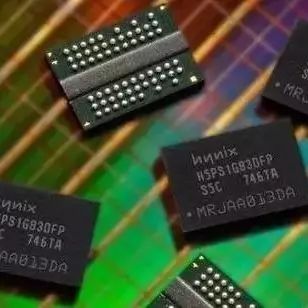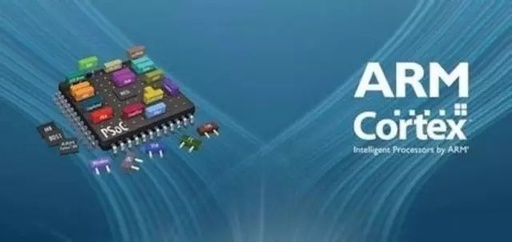How Do Mobile Touchscreens Know Where We Tap?
Do you still remember the button-based “senior phones” by Daming Lake? Back then, it was nothing like today. Nowadays, everyone has a touchscreen phone in their hands. Whether it’s the elderly, children, office workers, or students… Everyone has a smartphone with a touchscreen. We can’t go anywhere without our phones. Why did the old senior … Read more






